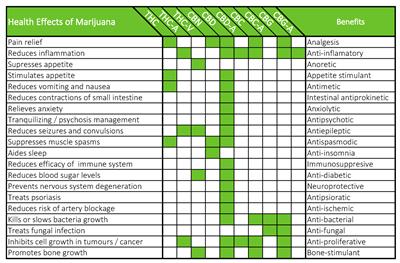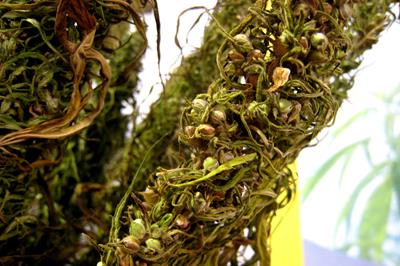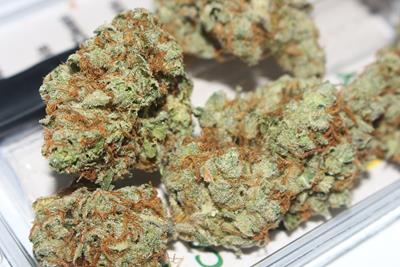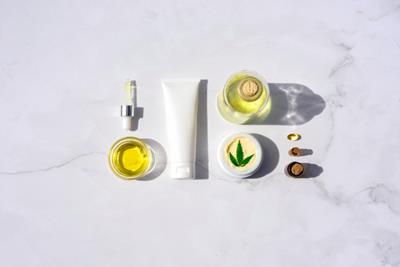
Tuesday September 15, 2015
 Health/Science
Health/Science
Hemp is quite an amazing plant with applications for use ranging from nourishment to shelter and thousands of things in between. But before we get too far into the amazing applications for industrial hemp, let’s take a look at the history of hemp cultivation in America.
The History of Hemp in America
Prior to marijuana prohibition, hemp was the crop of choice for producing things like paper and textiles (the original American flag was even made out of hemp) because of its hardy nature and versatility of use.
Hemp cultivation was so important to early Americans, in fact, that it was illegal not to grow it in places like Virginia, Connecticut and Massachusetts in the early 1600’s. Subsidies were also offered to farmers in the 1700’s who agreed to grow hemp on their land.
Then in 1892, cotton made its grand appearance on American land and suddenly hemp had competition.
Cotton production overtook hemp production largely due to the introduction of the cotton gin which could quickly separate cotton from seed. Because hemp harvesting and production was still largely done by hand, cotton production became a more efficient option. Although hemp cultivation continued (primarily in Kentucky), cotton became the more desirable crop throughout most of America.
Then, in the 1930’s, “Reefer Madness” took the country by storm crippling a largely unsuspecting hemp industry. Though farmers could still technically grow hemp at the time by paying a fee and agreeing not to use it as a drug, the introduction of synthetic fibers coupled with a struggling economy ultimately put many hemp farmers out of business.
In recent years, there has been an increasing demand for hemp cultivation again. An amendment made to the federal Farm Bill in 2014 distinguishes hemp from cannabis sativa (marijuana) because of its low THC content and allows for its cultivation on limited grounds, specifically government-approved research. Currently, 22 states allow hemp cultivation in America.
Amazing Industrial Applications for Hemp
Americans have always loved their hemp products. Though there are a few states that currently allow hemp cultivation, the bulk of hemp products consumed in America are imported from China and Europe. To help improve our economy (and environment), we need to ramp-up hemp cultivation on American soil so we can create some amazing products out of it.
Here are a few of the coolest things that can be made out of hemp.
-
Fuel:
No need to rely on fossil fuels to power our engines. Hemp-derived biofuel is both economical and environmentally-friendly thanks to its short grow time, ability to replenish the soil and 11 percent oxygen content (and no sulfur emissions like other fuel types). Not only that, hemp fuel may actually be able to extend the life of many vehicles because of its superior lubricating abilities compared to petroleum.
-
Vehicles:
Cars, bicycles and even airplanes have been made using hemp fibers which are both light weight and structurally-sound. The light weight design can improve fuel efficiency and the stability of materials can help decrease production costs without compromising safety.
-
Textiles:
Textiles made from hemp are durable, versatile, biodegradable and relatively easy to produce. Hemp fibers are also more resistant to weather and ultraviolet rays than cotton and silk, and can be mixed with other materials to create clothing hybrids that are both comfortable and fashionable.
-
Cosmetics:
Hemp seed oil is a popular additive in cosmetics thanks to its high concentration of fatty acids. By adding these fats to beauty products, users can experience increased hair and nail growth (and strength) and a slow the aging process of skin. They may also help reduce acne breakouts and improve skin conditions, like dermatitis and eczema.
-
Food:
Hemp is incredibly nutritious thanks to high levels of protein and a perfect balance of essential amino acids. Hemp leaves contain high amounts of fiber, iron, potassium and zinc, though the most nutritious part of the plant is the seeds which can be pressed to retrieve oil or eaten as-is for a quick energy boost.
-
Building materials:
Hemp products make great building materials because they are durable, light weight and affordable to produce. Not only that, hemp-based building materials are fire-, water- and rodent-proof; and its strength and flexibility make it ideal for resisting damage caused by earthquakes, floods or other natural disasters.
-
Medicine:
Though hemp contains very little THC (which makes it non-psychoactive), it does contain large amounts of CBD, or the primary restorative cannabinoid found in cannabis. Medicines made from hemp are therefore extremely beneficial to those seeking the medical benefits of cannabis without the high.
-
Solar panels: Currently, most solar panels are made using silicon, which is both expensive to produce and largely susceptible to damage. Graphene is also used to create solar panels with more success than silicon, but is unfortunately rather costly to produce. Hemp solar panels, on the other hand, are easy to both produce and manufacture, and are said to be sturdier and more economically-friendly than both silicon- and graphene-based panels.
-
A cleaner environment:
Whether used to clean up radiation or just freshen up the air and clean the soil, hemp is great for use in phytoremediation, or the detoxification of the air and soil through plants. This has been proven by its use in radiation mediation after the Chernobyl disaster of 1986 in which it absorbed more toxins than any other plants tested. Plus, after it’s done cleaning the environment, the harvest can be used to create any number of cool things. Waste not, want not!
We cannot speak highly enough about the benefits of industrial hemp. With so many applications and such potential, there is no reason not to support the hemp industry.







